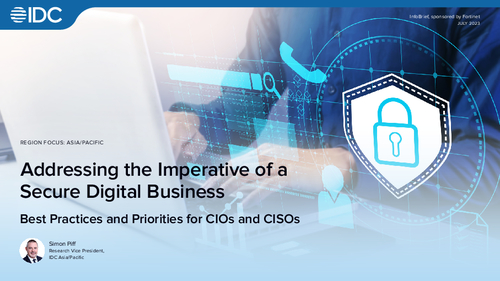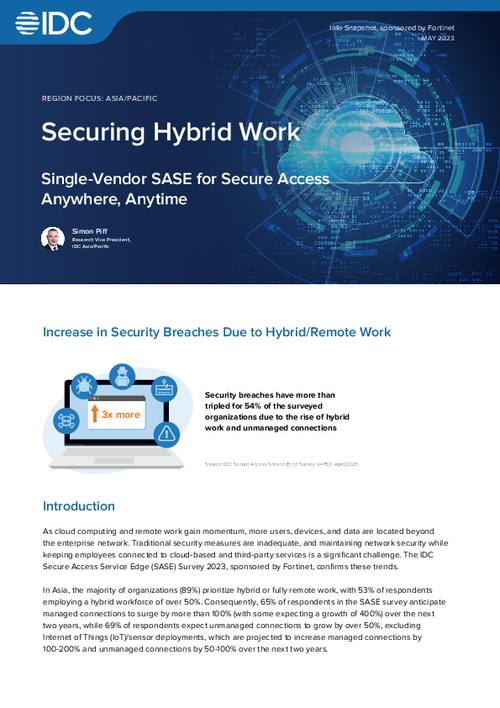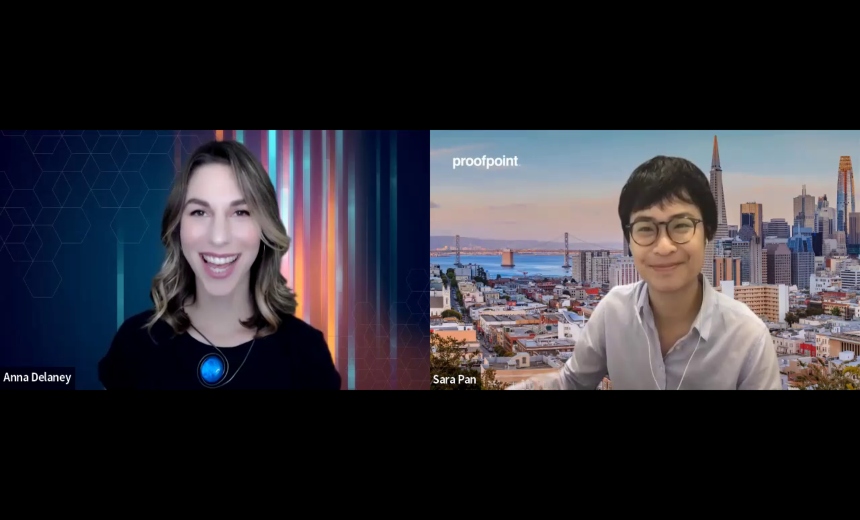How Analytics Helps Times Group Inside and Outside the Newsroom
Predictive Analytics Helps Harness the Power of Data for Better Business Outcomes
While the use of predictive analytics varies as per companies and industries, its outcomes are nearly similar: It helps harness the power of data to get better business outcomes.
See Also: Research Survey Report: The State of Enterprise Mobile App Security
Media and entertainment (M&E) companies - without exception - are into an increasingly competitive phase where consumers are swamped with content. This is a dominant factor, driving the need to be smarter, efficient and agile in serving the content and rightsizing as per the need. However, the M&E revolution in India started late as compared to many of the developed nations. There is a significant gap in the adoption of disruptive business models and advanced technologies to cater to consumers. Now that companies have started witnessing the benefits of new technologies and the need for digital transformation, they are keen to match global benchmarks. For processes that can't be performed by humans at the speed the business demands, technology is the only alternative. In the M&E industry, content becomes stale faster. To stay relevant to the consumers and cater to their dynamically changing needs, it is important to automate, transform and advance.
Bridging Gaps With Predictive Analytics
Bennett Coleman and Company Ltd. (BCCL), traded under Times Group, is a 185-year-old organization. With over 100 print editions and multiple broadcast platforms ranging from news to movies and entertainment, to many pure-play internet-based platforms and B2B platforms, innovation is the one force that has kept the organization moving.
"From a technology adoption standpoint, each of the business units has its own front-end delivery model to connect with the consumers. However, the back-end engine is unified. The robustness of this backend ensures the content doesn't go stale. Digital technologies have helped us in a big way to ensure the freshness of all forms of content," Rajeev Batra, CIO, Times Group, says.
However ubiquitous the back-end technology may be, each business entity has its own set of challenges that require a different skill set to solve them. In Times Group, the use of predictive analytics is quite diverse. Here are some of the use cases.
- Saving the cost of newsprint: "The raw material import or procurement (newsprint), because of the price volatility and consumption variation, is largely based on the data that we churn out deploying analytics engine. The use of historical data, combined with machine learning and big data analytics-based algorithms, helps us in predicting the newsprint pricing, with an error rate of only 5% to 15%," Batra says. This has helped the company save costs and prevent wastage of newsprint.
- Enhancing reader engagement: Times Group has implemented predictive analytics to create an innovative and unique use case. "We have deployed newsroom analytics. The large digital screens in the newsroom show which author's story is trending in terms of readership and social sharing. Based on the real-time feedback, authors are able to incorporate changes to stay relevant," Batra says. This use of analytics has increased the shelf life of the content and reader engagement and has also created a better brand strength.
- Predicting print copies: Another small but significant use of predictive analytics is in ascertaining the number of print copies of newspapers on any particular day. It is based on the analysis of historical data. It prevents wastage of newsprint, which is an expensive commodity. "Because of the use of predictive analytics, the paper wastage is brought down to less than 1% from 4% earlier," Batra says.
Another area where predictive analytics can work wonders is advertising. There is a lot of unpredictability and seasonality, which makes it complex. With proper segmentation and complete consumer profiling, hyper-targeted ads can do wonders. Harnessing the power of analytics means better targeting to reach the right people with the right ads.
A Sneak Peek Into the Future
Predictive analytics, with the advancement in technology, generates future insights with a significant degree of precision. It is, and will be, a dominant feature of any futuristic IT architecture. However, these mechanisms of predictive analytics require the availability of a lot of historical data to be analyzed through machine learning and deep learning mechanisms.
There are still a lot of areas left in Times Group where predictive analytics can help immensely. But that's all for the future. "With better processing of both structured and unstructured data, which is coming in from both internal systems and internet and social networks, we can harness it to bring in more predictability in terms of revenue generation of reader engagement and even IT operations," Batra says. "The technology availability today is key to running the business. Areas such as advanced persistent threats (APTs) and applying analytics for zero-day attacks are great areas for future exploration of deployment of predictive analytics," he adds.
Organizations like Facebook collect and process thousands of TB of data every day. Google processes billions of requests daily. It proves that there is going to be a significant increase in data volumes as we move into the future. Advanced or predictive analytics is too important to be ignored. Predictive analytics, if applied correctly, can help overcome the biggest challenge in the industry - understanding consumer behavior. "It will help the industry, including us, cater to customer preferences with utmost precision. That, in turn, will help build consumer loyalty and alternate revenue models," Batra concludes.
This article was previously published on the DynamicCIO website on July 10, 2019.



















